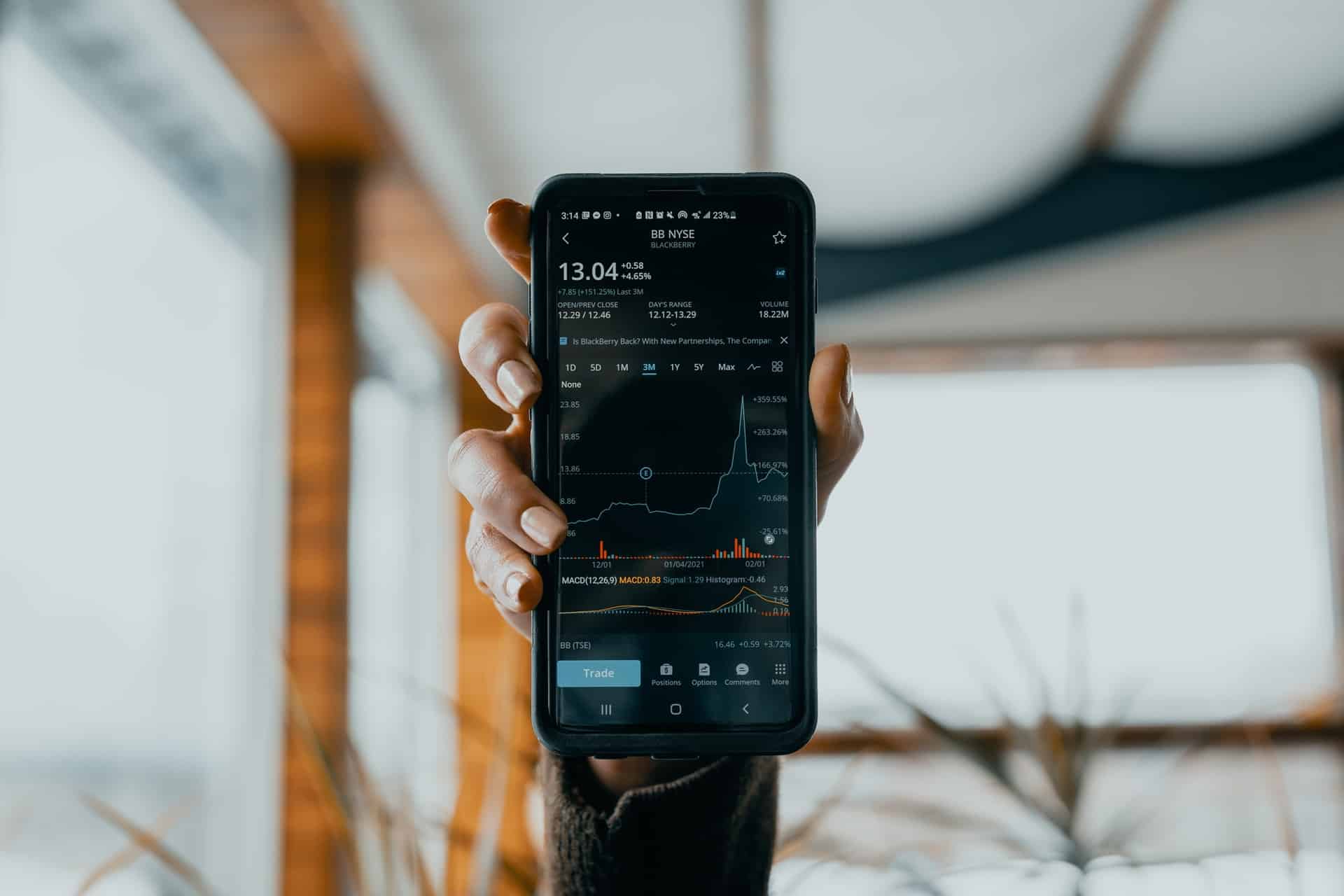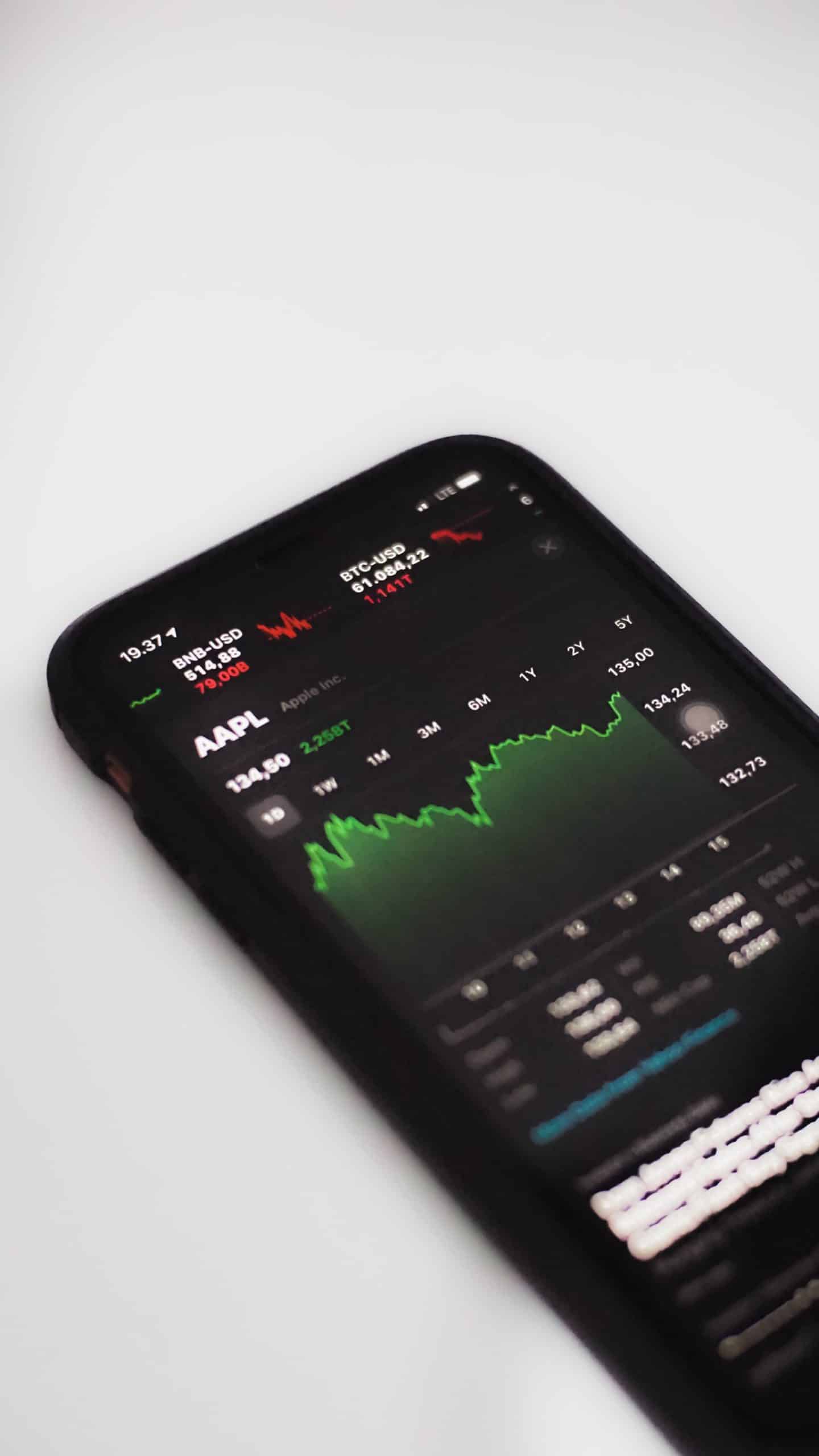Since retail investors grew in numbers and power during the pandemic, it’s now crucial you understand your retail investor base. Who are they? They make up the non-professional investors who hold shares in your company, a different breed of traders from institutional investors, hedge funds, and other big firms.
Also known as individual shareholders or retail traders, retail investors traditionally make small-pocket trades through brokerages and advisors. But as access to financial information and investing apps broaden online, it’s never been easier for individuals to buy up stock — and they’re doing it in record numbers.
According to the Securities and Exchange Commission, American households own $29 trillion in equities. That’s more than 58 percent of the U.S. equity market.
The past year under lockdown saw some of the biggest growth in retail trading since 2014. According to the Federal Reserve, households bought approximately $211 billion in individual stocks in 2020 alone.
Collectively, these traders have the power to influence corporations and markets at large, so ignoring how they could affect your IRO would be a big mistake.
IMAGE: UNSPLASH
Do You Have A Large Retail Investor Base?
Individuals may be harder to identify and track than large, institutional investors, but they aren’t invisible as long as you have the right tools. Modern investor relations services have evolved alongside the changing markets.
If you use an IR tool to engage and target investors, you’ll be able to see the latest investor relations intelligence on shareholder makeup. The latest IR tech provides you with monitoring tools that track and provide insights into your shareholder activity.
So, what does it mean if your IR tool shows you have a large number of non-professional traders? Historically, individuals are known for making smaller trades. They’ve also earned a reputation for making uninformed or emotional trades, with many critics pointing to them for undermining the markets as they panic sell or execute crowd trading.
Contrary evidence, on the other hand, shows they can be a sophisticated group that provides a stable presence in your stock. One study shows individuals don’t trade as often as you might think. In fact, they trade less frequently on average than institutional traders.
How To Pivot Your Focus To Include Your Retail Base
Retail investors join brokers and professional investors who make up your shareholders. That said, as private traders, they don’t always have access to the same tools and information that the professionals do.
If you have a large retail base in your shares, you’ll want to update your IR website with all the information that institutional investors might access through their own platforms. Update your site with earnings, shareholder meetings, and webinars.
You should also consider your IRO’s narrative positioning carefully, keeping in mind many individuals come to the market from their laptops or mobile devices. You’ll want to craft your story in an easy-to-digest way, sharing it through multimedia posts, infographics, and social media platforms.
Due to an individual trader’s possible inexperience, you may also need to pivot how you communicate with these investors. You may need to share information in a more straightforward way than you have in the past.
Bottom Line – You Can’t Ignore Your Retail Base
As individual traders gain traction in the market, it’s essential you keep track of them. Use your IR tech to monitor these shareholders to tap into their full potential.
If you are interested in even more business-related articles and information from us here at Bit Rebels, then we have a lot to choose from.


COMMENTS